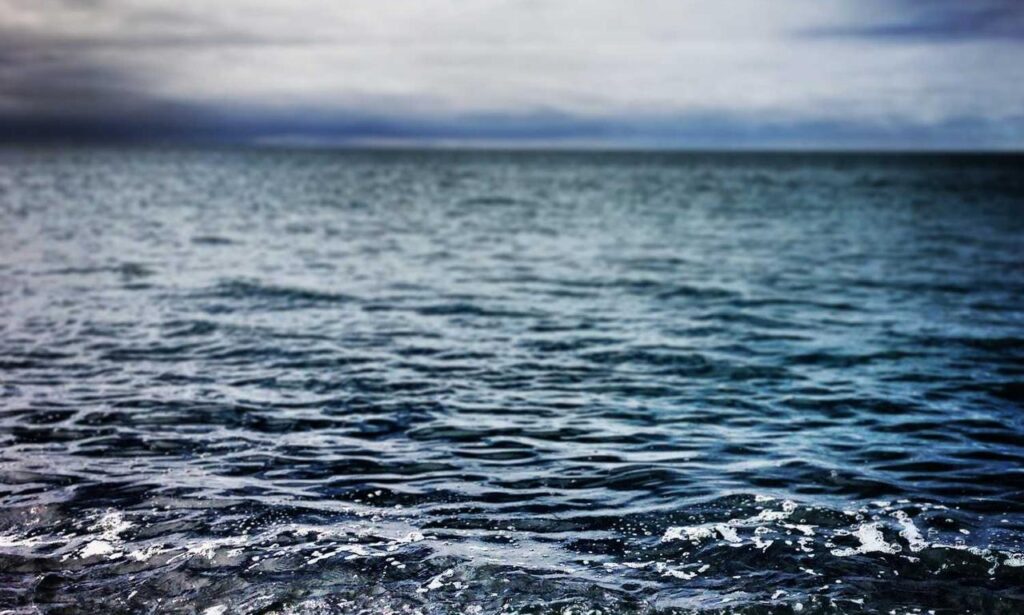Background: Two Guitars Cut from the Same Cloth
Yamaha is known for reliable builds and rich tone. The FS800 and FG800 are essentially siblings. Both were introduced as successors to earlier FS and FG series classics and feature solid Sitka spruce tops, nato/okoume back and sides, and matte finishes. That solid top is important—it improves the tone over time, letting the guitar “open up” as you play it.
At a glance, the specs look surprisingly similar. But here’s where it gets interesting: body shape and tone response.
Yamaha FS800: Smaller Body, Focused Sound
The FS800 features a concert body shape. That’s slightly smaller than the dreadnought body of the FG800. The main benefit? Comfort. If you’re a smaller player or someone who just prefers a more compact guitar, the FS800 is probably a better fit. It sits neatly in your lap and feels lighter, making it great for long practice sessions or couch strumming.
Tonally, it’s on the brighter side. You’ll hear crisp highs and stronger midtones, which makes it a great pick for fingerpicking or light strumming. The FS800 holds its own particularly well in solo play or recording situations where you want clear, articulate tones.
Yamaha FG800: FullSize Body, Massive Sound
Then there’s the FG800—built with a fullsize dreadnought body. If you want a fuller, boomier sound with extra lowend, this one’s your guy. The dreadnought body projects more volume and delivers that big presence you often hear in folk, blues, or country.
It’s the goto option if you’re mainly strumming and want your guitar to ring out across a room. Bigger size means more resonance. That can be a dealmaker or breaker depending on your size and comfort preferences.
Direct Comparison: yamaha fs800 vs yamaha fg800 acoustic guitar specs
Let’s put the yamaha fs800 vs yamaha fg800 acoustic guitar specs sidebyside so you can see where the differences really matter:
| Feature | FS800 | FG800 | |||| | Body Shape | Concert | Dreadnought | | Top Material | Solid Sitka Spruce | Solid Sitka Spruce | | Back & Sides | Nato/Okoume | Nato/Okoume | | Scale Length | 25″ | 25.6″ | | Nut Width | 1.69″ | 1.69″ | | Sound Profile | Bright, Focused | Full, Boomy | | Best For | Fingerpicking, Small Players | Strumming, Volume Seekers |
You’ll notice they share most of the same build elements. The contrast is in the auditory experience. The FG800 brings power. The FS800 bets on clarity and comfort.
Playability & Feel
Feel matters—a lot. No matter how good a guitar sounds, if it’s awkward in your hands, you’re not going to play it. The FS800’s smaller body might suit players with shorter arms or people who like less shoulder movement while strumming. It’s also handy for kids or teenagers just starting out.
Meanwhile, the FG800 needs more space—your arm reaches farther, and you need to hold it with some commitment. But those willing to adjust are rewarded with rich, spacious sound.
Neck feel is consistent across the two; they both carry Yamaha’s slim neck design with a comfortable nut width. You won’t need to wrestle your chords into place on either.
Durability & Build Quality
Yamaha builds these for daily use. The craftsmanship is surprisingly crisp for guitars in this price zone. Details like diecast tuners, scalloped Xbracing (which enhances the resonance), and quality control are all onpoint. These guitars can take some abuse and still hold tune well.
Some users report minor cosmetic inconsistencies like uneven stain or light finish blemishes, but performance is rarely affected. At this price, you can’t expect luxury finishes—but Yamaha keeps it respectable.
Price and Value
Here’s the good part—both guitars hover around the $200 mark. Occasionally, you’ll find bundles with gig bags or tuners included. For a solidtop guitar from a reputable maker, that’s impressive.
You’re getting a versatile instrument that can grow with you for years. Whether you lean FS or FG, you’re not just buying a starter tool—you’re getting a serious instrument.
Which Should You Choose?
Let’s keep it simple:
Go with the FS800 if: you’re smaller in build, like brighter tones, or do more fingerstyle. Pick the FG800 if: you want a loud guitar that sounds big in a group or performance setting.
Honestly, you can’t go wrong. But shaping the tone to your style of play is smart. That’s where this matchup shines—two great guitars, tuned for different needs.
Final Thoughts
In the yamaha fs800 vs yamaha fg800 acoustic guitar specs debate, it really boils down to size and sound preference. The FS800 is tight, crisp, and more compact. The FG800 is bold, deep, and stagefriendly. Both are workhorses with serious tone and stellar build, especially for the price.
Whichever one lands in your hands, you’ll be holding a wellbuilt guitar that can stay in your lineup for years—even as you grow beyond the “beginner” tag.
